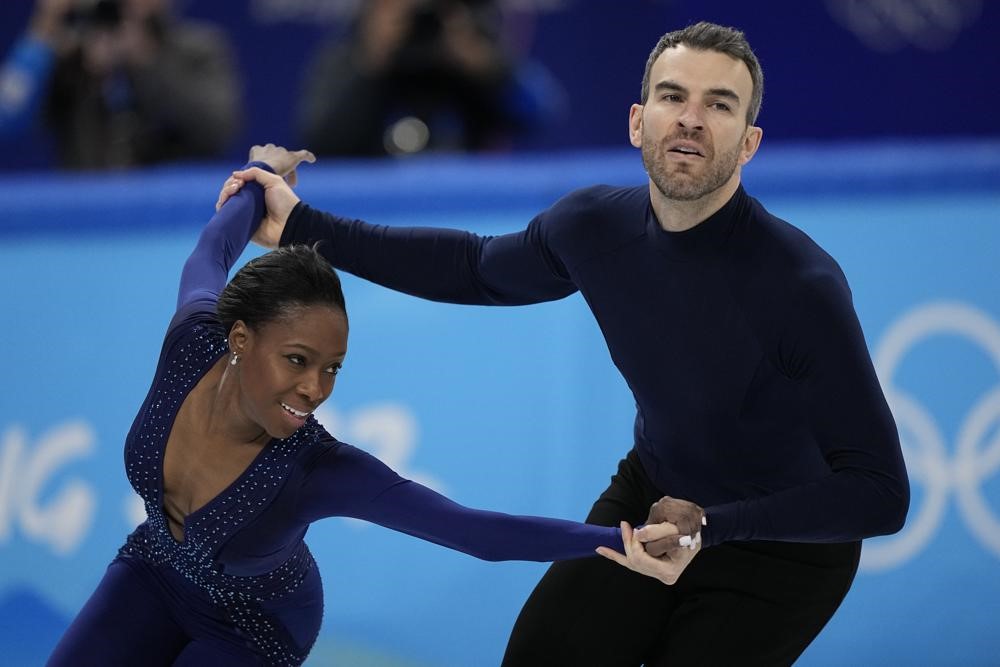BEFORE her own Olympic career began, Canadian figure skater Vanessa James had seen Black Girl Magic on the ice.
It was on display at the 1998 Nagano Winter Olympics, when French skater Surya Bonaly leapt into the air, kicked into a backflip and landed on one leg.
The thrilling move has neither been widely attempted since nor accepted by judges for international competitions, such as the Olympic Games, and thus “the Bonaly flip” has never become a big thing.
Yet despite the move being controversial at the time, Bonaly’s tenacity in attempting it has inspired many who have followed her.
“I wanted to do a backflip, but I was always really too scared to try it,” says James, who is skating in Beijing in her fourth Winter Games after representing France in Vancouver and Pyeongchang.
The Salchow, the Biellmann, the Charlotte spiral — these figure skating standards are named after white people from the 20th century. And in a century-old sport that was largely European until just a few decades ago, some wonder: How can more Black athletes make the same lasting imprint on it?
“If you don’t see yourself in the sport, how can you believe that you belong, how can you believe that you can be the best, how do you know that you can be creative or that you’ll be accepted for your uniqueness?” says James, who in 2010 was one half of the first Black French pairs skating duo with Yannick Bonheur.
- * AP

